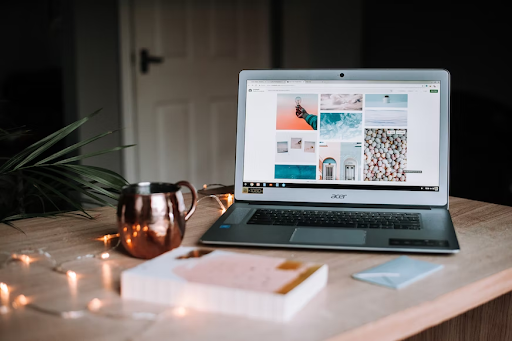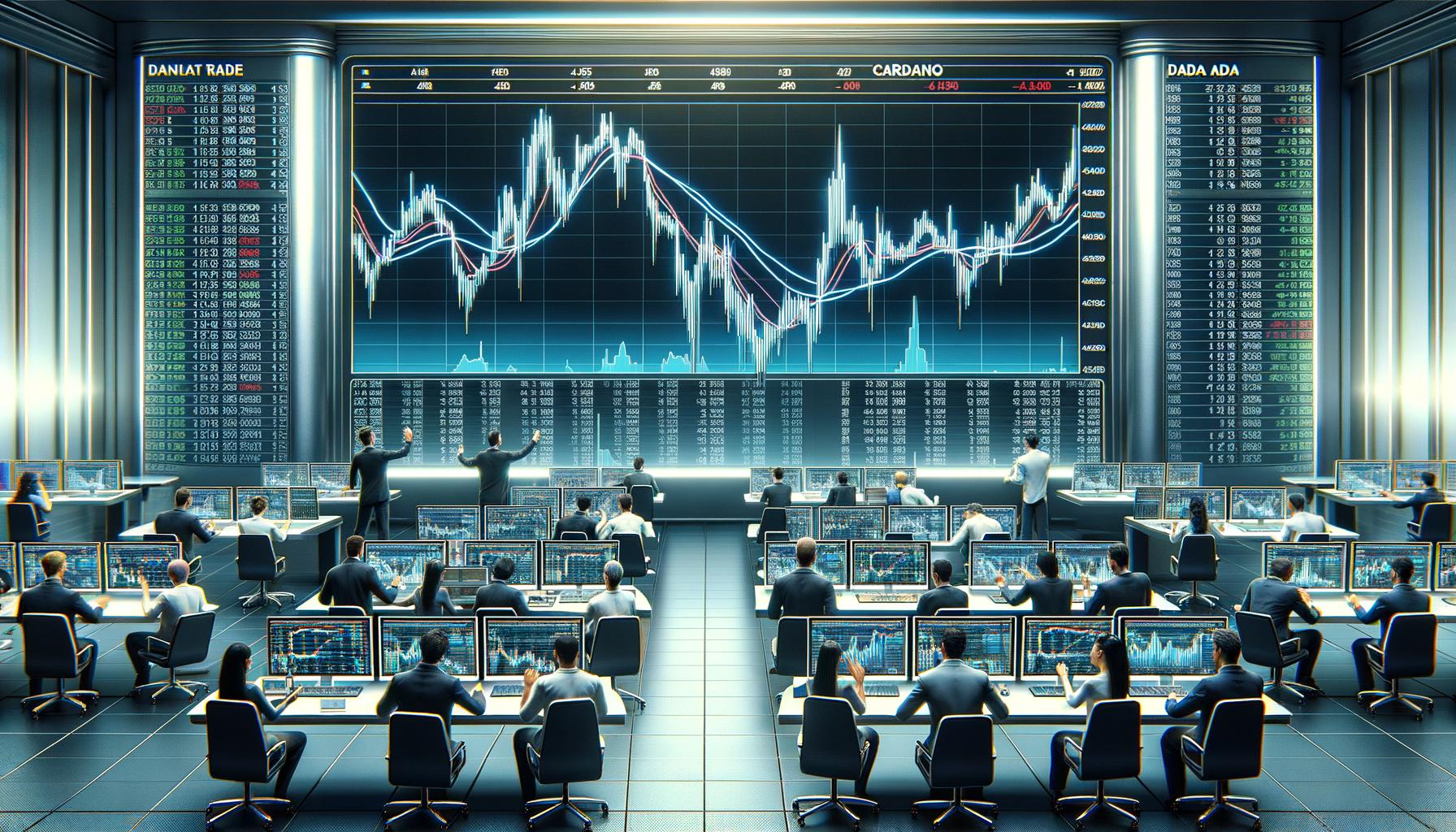8 Key Elements of a Website Design
These days, every business has multiple competitors, and keeping ahead of competitors is becoming harder. Through tech-driven innovation, many companies manage to pull ahead of the competition. One way to claim your place in the market is by creating...

These days, every business has multiple competitors, and keeping ahead of competitors is becoming harder. Through tech-driven innovation, many companies manage to pull ahead of the competition.
One way to claim your place in the market is by creating an efficient website that drives consumer attention. Attracting consumers to a website is tough, especially when so many others compete for their attention. To generate website traffic, you must have a well-planned web design. Here are some key aspects of every successful web design.

1. Navigation
Focus on developing a site map that displays links to necessary information and is simple to use, allowing users to make minimal clicks to reach the desired destination. Information that is hard to access will frustrate the user, and they will switch to a competitor’s website.
2. Usability
Users have so many websites to choose from to access the same information. If your website is not user-friendly, they will quickly abandon it. The layout should be simple, with minimal words and more focus on graphics. The search tab should be easy to locate and efficient. You can achieve this by incorporating white space. As the name suggests, white spaces are blank areas. They add to the minimal style, but developers utilize them to draw attention to important links and buttons. Try to leave white space after every element, allowing information to be spread evenly and providing a user-friendly interface.
Most importantly, the website should be formatted to multiple screen sizes, including tablets, smartphones, and laptops. Most users surf websites through phones, so ensure the mobile layout is not only accessible but also user-friendly.
3. Appearance
Another critical component of web design is appearance. When focusing on the website’s visual look, think about your audience and the design that would appeal most to them. A safe layout option would be to choose a trending theme, like minimalism. An attractive design compels users to stay longer on the website.
The appearance should also reflect your brand identity. Choose colors, fonts, and graphics which you can repeatedly apply to the website. Over time this style will become synonymous with your brand name and help it stand out. Apply the same theme to your other platforms as well. After establishing a brand identity with your theme, changing it can have adverse effects. Ensure the theme you choose initially will carry across future trends.
4. SEO
SEO, or search engine optimization, is a technique that helps your website rank higher compared to other websites following the same niche. To establish good SEO, you need to do keyword research to find what your audiences are searching for. You can use analytical software, consult a web development company like Rule Your Kingdom, or peek at competitors’ sites to find relevant keywords. Make sure you use your keyword knowledge in both the website’s metadata and content. It is vital to remember that Google’s algorithm for SEO keeps changing. If you want your website to remain relevant, keep up with the updates.
5. Call to Action
Websites must engage the user, and one way of achieving this is through call to actions. These are phrases that tell the user what to do, such as “buy now” and “contact us.” Call to action should be prominent and easy to find for users. By correctly placing them throughout your websites, users will stay longer on the site.
6. Emphasize Visuals
Users prefer to understand most knowledge through visuals rather than words. If your website displays products, ensure the images are of high quality. You can also incorporate a card layout into the homepage. The card layout represents the heading links with pictures and words. This web design gives the users a visual representation of each heading, which raises their interest and engages them longer.
7. Content Management System
A CMS, or content management system, is a feature many business owners overlook. However, it is crucial to keep your website relevant for the long term. Your website will probably have the proper design and layout at the launch. As times change, website interfaces will evolve, and your website is at risk of becoming outdated. To ensure you always keep up with trends by making changes, you require CMS. Without one, you will have to contact a developer repeatedly to make changes through coding.
8. Turnaround Time
Turnaround time is the time it takes your website to start and run. Elements you add to the design, such as links and graphics, all add to this loading time. Sometimes to make a website efficient, people continue to add links failing to consider the turnaround time. If a website takes longer than three seconds, users will not wait and instead turn toward competitor pages. Design your web so it loads quickly without sacrificing essential components.
Endnote
An efficient and well-managed website requires time and effort to be created. You will have to continuously work on it for months, making adjustments before you create aspects that attract potential customers.
Even after that, you have to constantly access the competition and integrate more web development strategies to continue attracting new customers and keep the loyalty of old ones.

 Aliver
Aliver 








![How to Accept Payments Online [7 Top Payment Processing Providers]](https://blog.hubspot.com/hubfs/payment%20processing.jpg#keepProtocol)



![What is Clubhouse? [+Should Marketers Care?]](https://blog.hubspot.com/hubfs/what-is-clubhouse.jpg#keepProtocol)


















